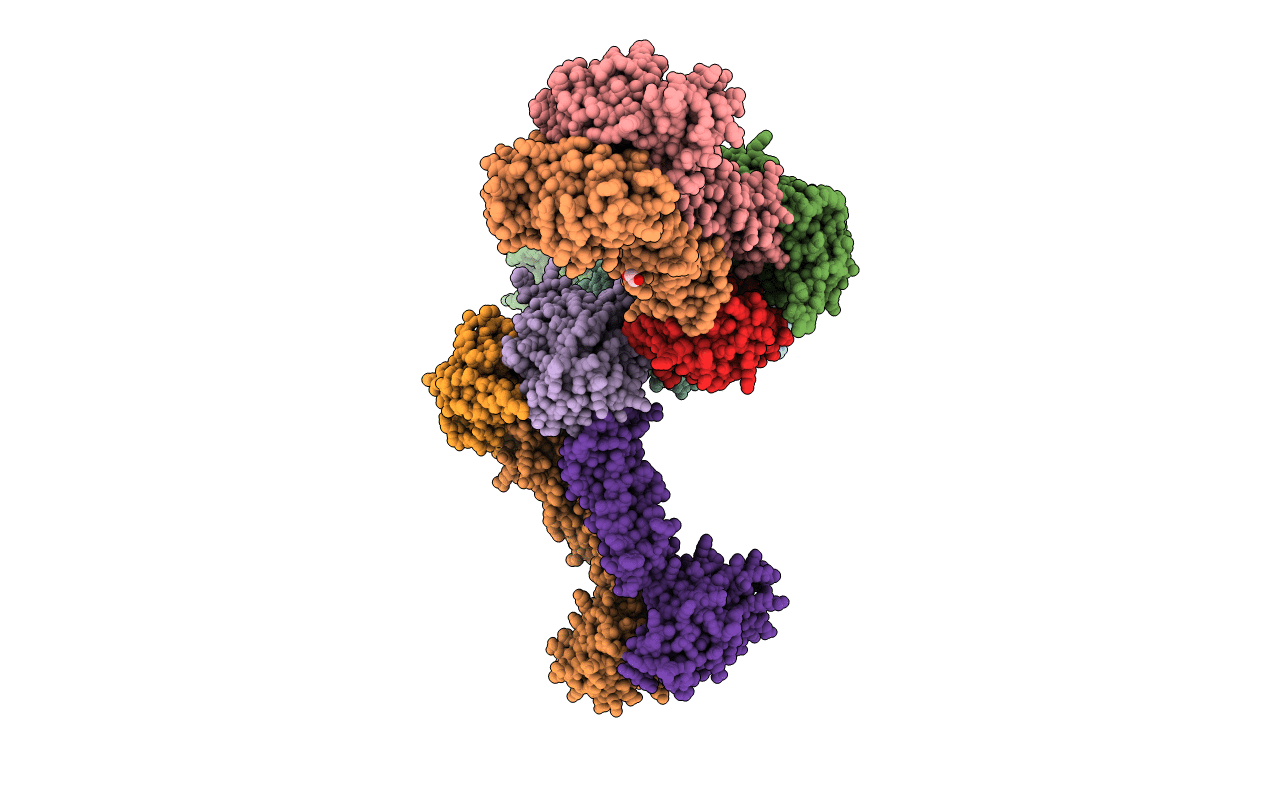
Deposition Date
2021-12-04
Release Date
2022-06-22
Last Version Date
2023-11-29
Entry Detail
PDB ID:
7W7A
Keywords:
Title:
Heme exporter in complex with Mn-containing protoporphyrin IX, Mn-anomalous data
Biological Source:
Source Organism:
Corynebacterium diphtheriae NCTC 13129 (Taxon ID: 257309)
Host Organism:
Method Details:
Experimental Method:
Resolution:
3.20 Å
R-Value Free:
0.30
R-Value Work:
0.26
R-Value Observed:
0.26
Space Group:
P 1


